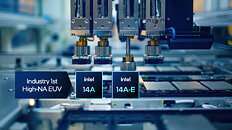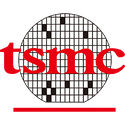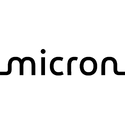
Apple Plans Vision Pro 2 Upgrade with M4 SoC Inside
Apple is preparing to release a major update for its Vision Pro headset before the end of the year. Inside, the current M2 chip will be replaced by the newer M4 SoC, built on a 3 nm process from TSMC. That extra shrink brings noticeably better CPU and GPU performance and a more capable neural engine, so you'll see smoother AI-powered features right on the headset. Apple hasn't stopped there, listening to early adopters and revamping the headband with softer padding and better balance to shift weight away from your face. At roughly 600 to 650 grams, the Vision Pro can feel heavy after only a few minutes, and this change should make longer sessions feel much more comfortable.
Behind the scenes, Apple is also working on a wired model called N107 for users who need rock-solid, low-latency connections to a Mac. Consider surgical training or complex CAD design, where even the slightest delay is unacceptable. If you're looking for something lighter and more affordable, Apple has that covered as well. A completely new Vision Pro, under the code name N100, is slated for 2027. By using slimmer lenses and lighter materials, it should shed several hundred grams without skimping on screen clarity or battery life. We expect to hear more about it as the Vision Pro 2 launch gets closer.
Behind the scenes, Apple is also working on a wired model called N107 for users who need rock-solid, low-latency connections to a Mac. Consider surgical training or complex CAD design, where even the slightest delay is unacceptable. If you're looking for something lighter and more affordable, Apple has that covered as well. A completely new Vision Pro, under the code name N100, is slated for 2027. By using slimmer lenses and lighter materials, it should shed several hundred grams without skimping on screen clarity or battery life. We expect to hear more about it as the Vision Pro 2 launch gets closer.






















































